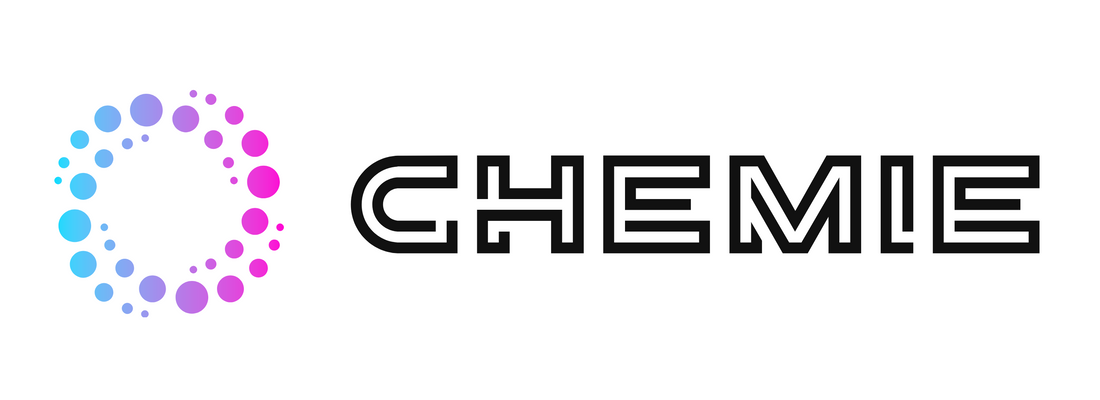5 Simple Techniques For Chemie
5 Simple Techniques For Chemie
Blog Article
Getting The Chemie To Work
Table of ContentsThe Of ChemieGet This Report on ChemieChemie - QuestionsChemie Can Be Fun For Anyone3 Simple Techniques For ChemieHow Chemie can Save You Time, Stress, and Money.
By Bojanna Shantheyanda, Sreya Dutta, Kevin Coscia and David SchiemerDynalene, Inc. Liquid air conditioning, which can be attained utilizing indirect or direct methods, is used in electronic devices applications having thermal power densities that might surpass secure dissipation through air cooling. Indirect liquid air conditioning is where warm dissipating electronic elements are literally separated from the fluid coolant, whereas in instance of straight air conditioning, the elements are in straight call with the coolant.In indirect cooling applications the electric conductivity can be important if there are leakages and/or splilling of the fluids onto the electronic devices. In the indirect cooling applications where water based fluids with deterioration preventions are typically made use of, the electric conductivity of the liquid coolant mainly depends upon the ion concentration in the fluid stream.
The boost in the ion focus in a closed loop fluid stream might occur because of ion seeping from steels and nonmetal elements that the coolant fluid touches with. Throughout procedure, the electrical conductivity of the liquid may boost to a level which might be unsafe for the cooling system.
Some Known Questions About Chemie.
(https://www.reddit.com/user/chemie999/)They are grain like polymers that can trading ions with ions in an option that it touches with. In the here and now job, ion leaching examinations were carried out with different metals and polymers in both ultrapure deionized (DI) water, i.e. water which is treated to the highest degree of purity, and reduced electrical conductive ethylene glycol/water mix, with the determined adjustment in conductivity reported gradually.
The examples were allowed to equilibrate at room temperature level for two days before videotaping the preliminary electrical conductivity. In all tests reported in this research study liquid electrical conductivity was gauged to an accuracy of 1% making use of an Oakton CON 510/CON 6 collection meter which was calibrated before each measurement.
8 Simple Techniques For Chemie
from the wall heating coils to the center of the heating system. The PTFE sample containers were put in the heater when consistent state temperature levels were reached. The examination setup was removed from the heating system every 168 hours (7 days), cooled to area temperature with the electric conductivity of the liquid gauged.
The electrical conductivity of the fluid sample was monitored for a total amount of 5000 hours (208 days). Schematic of the indirect closed loop cooling down experiment set up. Parts used in the indirect shut loop cooling down experiment that are in call with the liquid coolant.

A Biased View of Chemie
During procedure the fluid storage tank temperature level was maintained at 34C. The modification in fluid electrical conductivity was kept track of for 136 hours. The liquid from the system was accumulated and stored. Shut loop examination with ion exchange material was brought out with the exact same cleaning procedures utilized. The first electrical conductivity of the 230ml UP-H2O in the system measured 1.84 S/cm.

0.1 g of Dowex material was added to 100g of liquid examples that was absorbed a different container. The mixture was mixed and alter in the electrical conductivity at space temperature level was measured every hour. The measured change in the electric conductivity of the UP-H2O and EG-LC test fluids including polymer or metal when immersed for 5,000 hours at 80C is revealed Figure 3.
An Unbiased View of Chemie
Figure 3. Ion leaching experiment: Measured modification in electric conductivity of water and EG-LC coolants including either polymer or steel examples when submersed for 5,000 hours at 80C. The outcomes show that metals contributed fewer ions right into the liquids than plastics in both UP-H2O and EG-LC based coolants. This might be because of a slim steel oxide layer which may work as an obstacle to ion leaching and cationic diffusion.
Fluids containing polypropylene and HDPE exhibited the lowest electric conductivity modifications. This might be due to the short, stiff, straight chains which are less most likely to add ions than longer branched chains with weaker intermolecular forces. Silicone also carried out well in both examination fluids, as polysiloxanes are usually chemically inert because of the high bond energy of the silicon-oxygen bond which would certainly protect against degradation of the material right into the fluid.
All about Chemie
It would certainly be expected that PVC would generate similar results to those of PTFE and HDPE based upon the similar chemical frameworks of the materials, however there might be various other contaminations present in the PVC, such as plasticizers, that might impact the electric conductivity of the liquid - immersion cooling liquid. Furthermore, chloride teams in PVC can additionally leach right into the examination fluid and can cause an increase in electric conductivity
Polyurethane completely degenerated into the examination fluid by the end of Full Article 5000 hour examination. Prior to and after images of steel and polymer examples submersed for 5,000 hours at 80C in the ion seeping experiment.
Measured modification in the electric conductivity of UP-H2O coolant as a function of time with and without resin cartridge in the shut indirect cooling loophole experiment. The measured adjustment in electric conductivity of the UP-H2O for 136 hours with and without ion exchange resin in the loophole is shown in Number 5.
Report this page